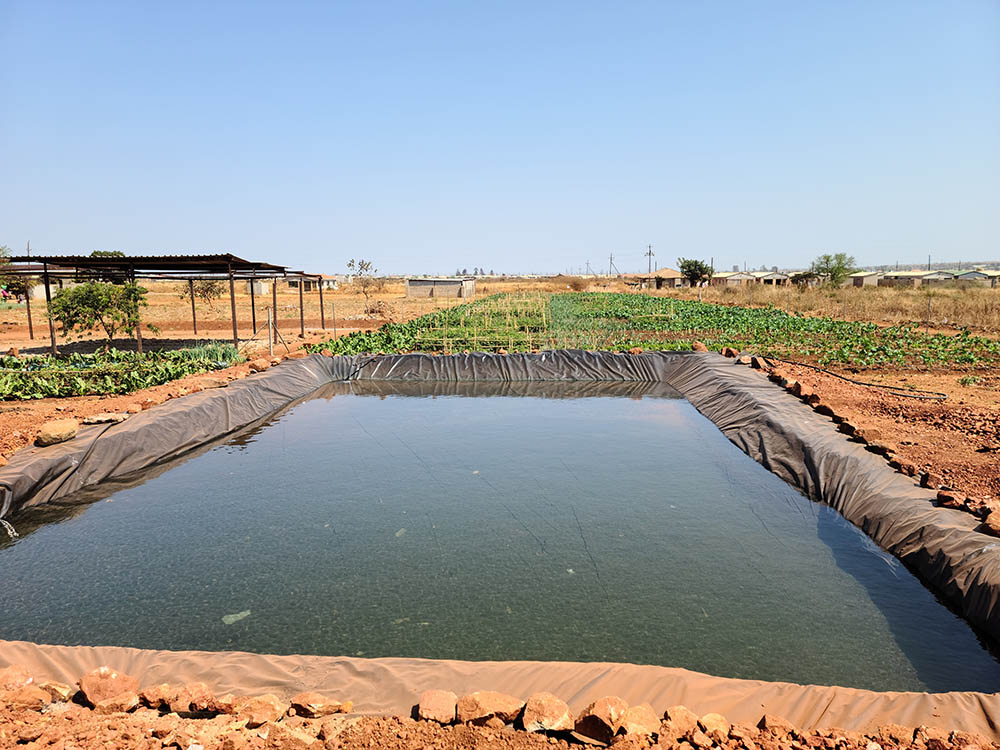ZDDT Community Garden Helping Children in The Classroom
- Written by: Tafadzwa Masviba

Above: Hlanganani Community Market Garden
ZDDT’s most recent social intervention is located in the west of Bulawayo in an area of low-cost housing and home to many of Bulawayo’s poorest residents.
ZDDT News recently conducted an interview with Mrs Sibanda, a member of Hlanganani community garden who has taken a step further to introduce vegetable meals for thirty school children.
Q: Mrs Sibanda, thank you for your time. Can you tell us what motivated you to start this initiative of
feeding school children with vegetables from your garden?
A: Thank you for having me. I started this initiative because I saw the need in my community. Many children come from poor families, and they do not have enough food at home.
Some of them go to school hungry and they cannot concentrate on their lessons. I wanted to help them by providing them with nutritious and fresh vegetables from our garden.
Q: How do you manage to grow enough vegetables for thirty children every day?
A: I am part of the Hlanganani community garden, which is supported by ZDDT and the Bulawayo City Council. We have a borehole and a drip irrigation system that allows us to grow vegetables all year round.
We also use organic methods and compost to enrich the soil and prevent pests and diseases.
We grow different types of vegetables, such as spinach, cabbage, carrots, beetroot, onions, tomatoes, and green beans.
Q: How do you prepare and serve the meals for the children?
A: I have a small kitchen at the garden where I cook the meals every morning. I use a gas stove and a solar cooker to save energy and reduce costs.
I also add some maize meal, cooking oil, salt, and spices that I buy from the local shops. I serve the meals in reusable plates and cups that I wash and sanitize after each use. I also teach the children about hygiene and sanitation and encourage them to wash their hands before and after eating.
Q: What are the benefits of this initiative for the children and the community?
A: The benefits are many. The children are happier and healthier. They have more energy and appetite. They perform better in school, and they have improved their attendance and grades. They also learn about gardening and nutrition, and they appreciate the value of vegetables. The community is also benefiting from this initiative.
The parents are relieved and grateful that their children are getting a decent meal every day. The teachers are supportive and cooperative. The garden is also a source of income and empowerment for us, the members. We sell some of our produce to the local market and we use the money to buy seeds, tools, and other inputs.
We also share our knowledge and skills with other gardeners, and we promote food security and environmental sustainability in our area.
